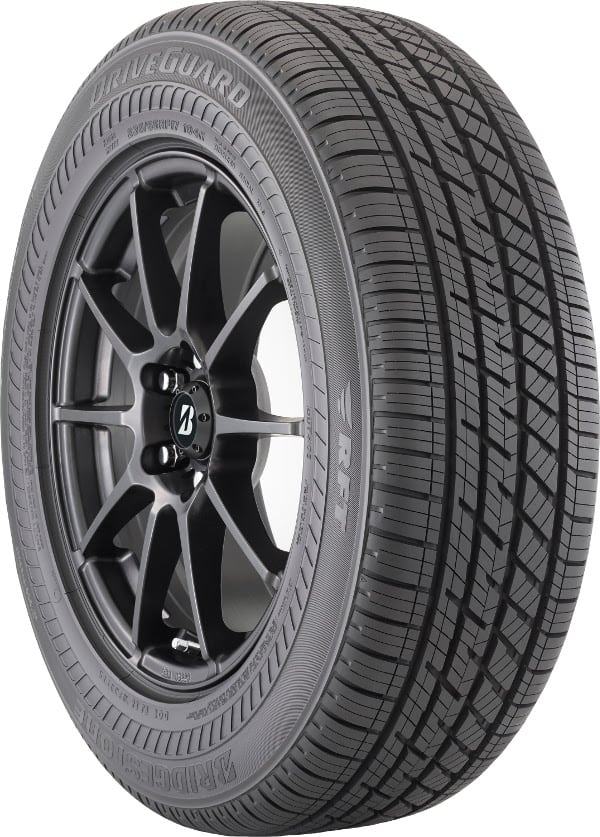Everyone knows what tires are. However, few know about all the different varieties of tires that are on the market. Different designs for tires can have very different uses as well as different advantages and disadvantages. If you want to be informed, one kind of tire you should certainly learn about is the pneumatic tire.
What Are Pneumatic Tires?
Pneumatic is a word that means to be worked by air pressure. In this case, this is the air pressure inside a tire. Pneumatic wheels are the most common kind of wheel commercially available. They are the kind of tires you’ll find on your car. Typically, this kind of tire includes an inner core that is reinforced with strong materials such as steel. This helps decrease the possibility of tire failure.
How Pneumatic Tires Stay Inflated
One question many people have about pneumatic tires regards how they have the ability to remain inflated despite the immense pressure placed on them. The average car weighs over 4,000 pounds. The average SUV can weigh over 6,000 pounds. That’s certainly a lot of pressure.
Logically, most people may assume that something inflated with air like a tire would simply pop under that kind of weight. As children, most people at some point sat on a balloon that immediately popped under their weight. However, a pneumatic tire will not pop under all the weight of an automobile. The reason why is because the air pressure inside the tire is so great that it actually exceeds the air pressure of the atmosphere. Due to this, not even the weight of the vehicle will be strong enough to pop it.
The Benefits of Pneumatic Tires
Pneumatic tires have specific benefits over other kinds of tires you may find available for different uses. For example, you may have at some point taken a ride on a horse drawn carriage that had wooden wheels as opposed to rubber tires filled with air. Anytime the carriage hit a bump on the road, you were sure to feel it very strongly in the rest of the vehicle. While this kind of tire may be adequate for the purpose of a horse drawn carriage, it doesn’t make for the most comfortable ride.
This same effect of bumps on the road being transferred to the rest of the vehicle does not exist with pneumatic tires. Instead, some of the bumpiness will be absorbed by the tires in addition to the shocks and struts of the car. This cushioning effect of the tires is thanks to the air pressure stored within them. While this has benefits for cars, other things that use pneumatic tires like small carts used to transport goods will also benefit from the tires’ ability to absorb some of the shock of bumps.
Maintaining Pneumatic Tires
However, the benefits of pneumatic tires will not be maintained overtime without proper care. Tire pressure should be checked on a routine basis and adjusted as needed. This is required to keep the tires in safe operating condition and to avoid safety issues that can arise from improper tire pressure. Check the manual or documentation for you vehicle or tire to determine the proper tire pressure you should maintain.
Pneumatic tires have a lot of benefits thanks to their design. They absorb shock better than other designs for tires and can hold a lot of weight. However, maintaining those benefits requires maintaining the proper tire air pressure. Certainly make it a habit to check your tire pressure on a regular basis.







